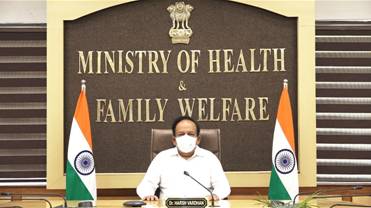A groundbreaking study published in JAMA Cardiology reveals a significant association between accelerometer-measured physical activity (PA) and reduced risk of heart failure (HF) in older women. The research, led by Michael J. LaMonte, PhD, MPH, from the University at Buffalo-SUNY, sheds light on the critical role of physical activity in promoting cardiovascular health, particularly among aging women.
The study, conducted as part of the Objective Physical Activity and Cardiovascular Health (OPACH) study, examined data from 5951 women aged 63-99 years, drawn from the Women’s Health Initiative Long-Life Study. Participants wore accelerometers continuously for up to 7 days, providing comprehensive data on their activity levels. The results indicated that all forms of physical activity—whether light, moderate, or vigorous—were associated with a lower risk of HF in older women. Conversely, increased sedentary time was linked to a higher risk of HF in this demographic.
Over a mean follow-up period of 7.5 years, 407 HF cases were identified, including both heart failure with reduced ejection fraction (HFrEF) and preserved ejection fraction (HFpEF). While HFrEF did not show significant associations with PA measures, overall HF and HFpEF demonstrated a clear inverse relationship with total PA, light PA, and moderate to vigorous PA (MVPA). Moreover, higher daily step counts were correlated with a substantially lower risk of HF, with significant risk reduction observed at approximately 2000 steps per day.
The study’s findings challenge conventional notions about daily step goals, suggesting that even modest increases in physical activity can confer substantial health benefits. Notably, the authors emphasized the public health implications of promoting PA, regardless of intensity, as a primary prevention strategy for HFpEF, a condition that disproportionately affects older women and minorities.
Despite the study’s significant contributions, certain limitations should be acknowledged. These include the reliance on a single accelerometer assessment, the limited number of HFrEF cases, and the absence of HF-specific biomarkers in the analysis. Furthermore, the generalizability of the findings to men and other populations requires further investigation.
The research was funded in part by the National Heart, Lung, and Blood Institute, National Institutes of Health, and the US Department of Health and Human Services. Disclosure statements indicate that Dr. LaMonte received grants from the National Institutes of Health during the study’s execution, with additional disclosures provided by other contributing authors.
In conclusion, this study underscores the importance of regular physical activity in reducing the risk of heart failure among older women. As societies grapple with an aging population and increasing rates of cardiovascular disease, interventions aimed at promoting active lifestyles could have profound implications for public health and clinical practice.












